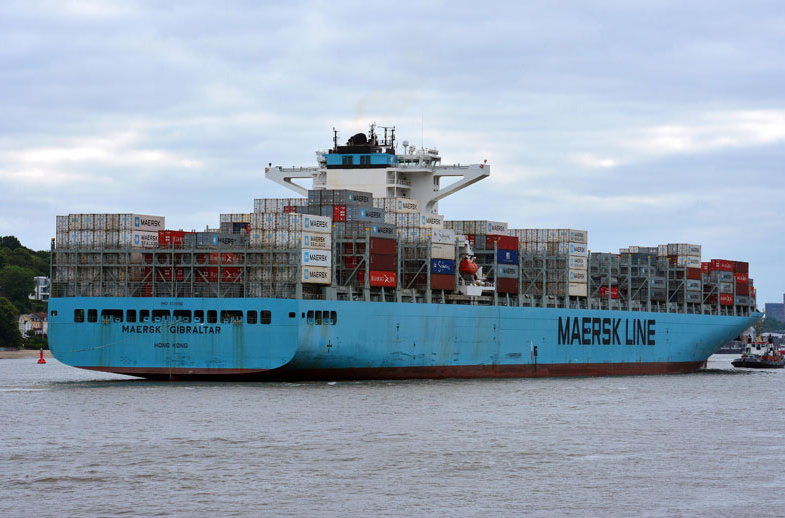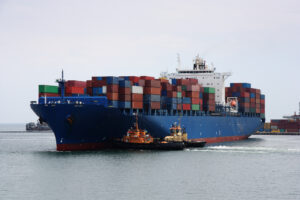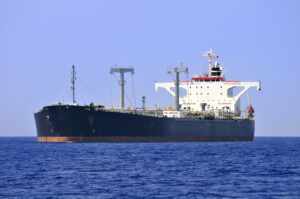The disruption to global supply chains caused by the security situation in the Red Sea is the subject of this month’s Freight Loop briefing.
Philip Damas, head of Drewry Supply Chain Advisors, warns that the next 4-5 weeks and run-up to Chinese New Year (10 Feb) will be a critical and challenging time for global shippers who once again find themselves grappling with limited capacity, port congestion, displaced equipment and higher ocean freight costs.
Drewry warns of significant commercial implications for shippers, with 10-14 days journey time to European destinations and higher fuel costs.
Drewry estimates that more than 800 ships representing about 10 million twenty-foot equivalent units (TEUs), or approximately one-third of the world’s container ship capacity, is affected by the Red Sea attacks and reroutings around the Cape of Good Hope.
The next 4-5 weeks will be critical for global shipping and container traffic from Asia to Europe and Mediterranean to Asia.
It is estimated that the extra transit time from Asia to US East Coast (New York) is +6 days (17% longer), from Asia to North Europe (Rotterdam) +10 days (30%), and from Asia to Mediterranean (Genoa) +15 days (57%).
Any disruption ahead of Chinese New Year is always a concern for shippers and while the current situation is already causing bottlenecks in global supply chains, for the moment, Drewry believes there is ample capacity to deal with the resulting congestion, equipment shortages and gaps to schedules.
It should be noted, however, that container equipment is likely to remain displaced for some weeks to come, affecting service schedules and causing inflationary headwinds, with limited flexibility to mitigate any escalation in the regional security situation.



